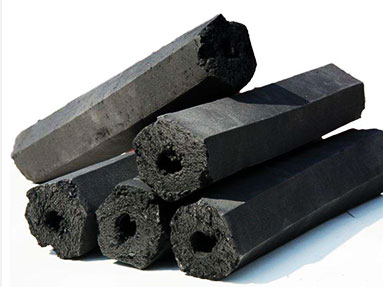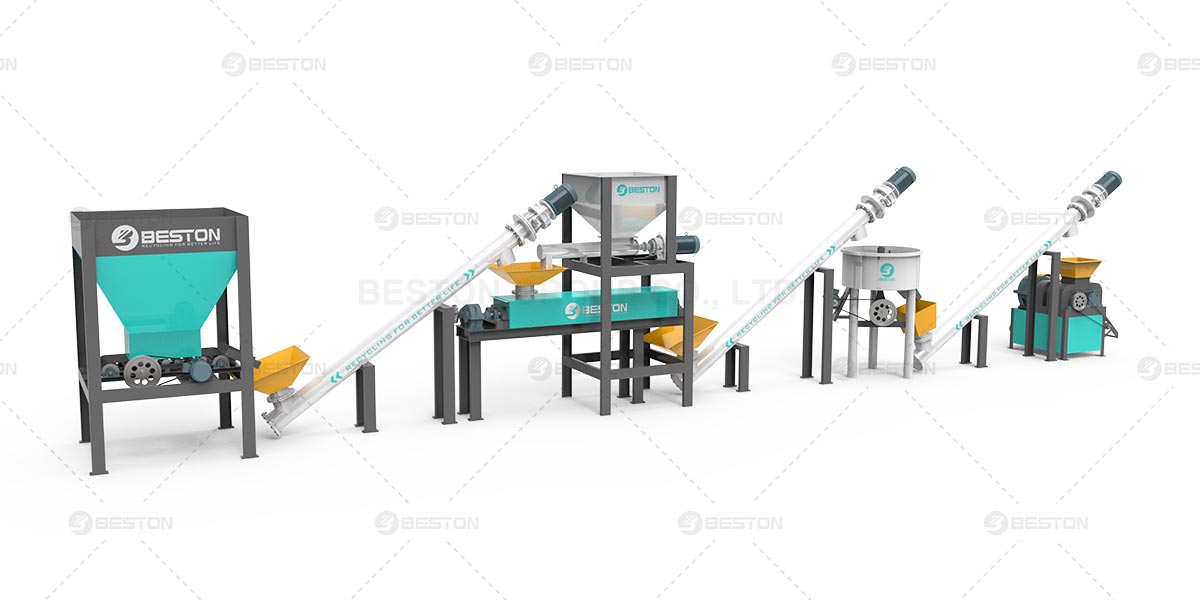The Evolution and Impact of Charcoal Briquettes: A Sustainable Energy Solution
Charcoal briquettes, often associated with backyard barbecues and summer cookouts, have a much broader and significant impact in both historical and contemporary contexts. As a compacted form of charcoal, they not only offer an efficient and portable fuel source but also play a crucial role in environmental sustainability and economic development. This article explores the origins, production, applications, and future potential of charcoal briquettes, underlining their importance as a green energy source.
Origins and Historical Significance
The history of charcoal briquettes begins with the need for a more manageable and efficient form of charcoal. In the early 20th century, Henry Ford, in collaboration with Thomas Edison, devised a method to utilize wood scraps from Ford’s automobile factory, turning them into charcoal blocks. This not only solved a waste problem but also provided a new revenue stream. Ford marketed these briquettes, primarily to the burgeoning American middle class who were exploring the new social activity of backyard grilling. See how charcoal briquette making machine works?

Production of Charcoal Briquettes
Charcoal briquettes are manufactured using a multi-step process. It starts with the carbonization of biomass that is then crushed into a fine powder. This powder is mixed with several binders like cornstarch or clay, and additives that help the briquettes ignite and burn more consistently. This mixture is then compressed into shapes and sizes that optimize burning for various needs and packed for distribution and sale.
- Carbonization: The first step involves heating wood or other organic materials to high temperatures in an oxygen-limited environment. This process, known as pyrolysis, removes water and volatile compounds, leaving behind char.
- Crushing and Mixing: The char is then ground into a fine powder and mixed with a binding agent and other additives. The choice of binder, which can include natural starches or even waste materials like paper pulp, impacts the burn quality and environmental footprint of the briquettes.
- Compression: The mixture is compressed using high pressure, which heats it slightly, causing the starch binder to gelatinize and bind the char into a dense form. This process can be tailored to produce briquettes of different shapes and densities, according to specific requirements.
- Drying: The briquettes are dried in ovens to reduce their moisture content, making them ready to burn more efficiently. More information on mobile biochar machine here.
Applications of Charcoal Briquettes
While commonly known for their use in cooking, particularly grilling, charcoal briquettes have varied applications that extend into industrial and environmental realms:
- Domestic Cooking: In many developing countries, charcoal briquettes are an essential source of energy for cooking, revered for their higher energy efficiency and cleaner burning compared to wood charcoal.
- Industrial Fuel: They are used in industries as a heat source for metal processing and other manufacturing processes that require a consistent and hot burning fuel.
- Environmental Management: Charcoal briquettes made from agricultural waste contribute to waste reduction and management, providing a use for materials that would otherwise contribute to pollution.
Environmental and Economic Benefits
The production and use of charcoal briquettes carry significant environmental and economic benefits:
- Waste Utilization: Briquettes can be produced from a variety of organic wastes, including sawdust, coconut shells, and rice husks. This helps in reducing waste, lowering pollution, and alleviating disposal issues.
- Sustainable Energy: They provide a more sustainable alternative to traditional wood charcoal, which often involves deforestation. Briquettes have a lower carbon footprint, particularly when made from biomass that would otherwise release carbon dioxide if decomposed naturally.
- Economic Empowerment: The briquette industry supports local economies, creating jobs in production and distribution. It offers an entry point for small-scale entrepreneurs, particularly in rural areas where agricultural waste is abundant. Check the palm kernel shell charcoal machine here.

Charcoal Briquette Machine
Challenges and Future Outlook
Despite their advantages, the widespread adoption of charcoal briquettes faces challenges. The initial investment for production equipment can be significant, and there is often a lack of awareness or availability in certain markets. Moreover, the variability in briquette quality can affect consumer trust and adoption.
Looking ahead, the future of charcoal briquettes is tied to ongoing innovations and sustainability initiatives. Advances in briquette production technology are reducing costs and improving efficiency, making them more accessible and environmentally friendly. Additionally, growing environmental awareness and global shifts towards sustainable practices are likely to increase the demand for cleaner, renewable energy sources like briquettes.
Conclusion
Charcoal briquettes from bamboo charcoal making machine represent more than just a convenient option for outdoor cooking; they are a multifaceted product with the potential to impact environmental sustainability, waste management, and economic development positively. As technology improves and global awareness of environmental issues grows, charcoal briquettes are poised to play an even more significant role in the sustainable energy landscape, proving that even small innovations can lead to substantial changes in how we approach energy and environmental challenges.
